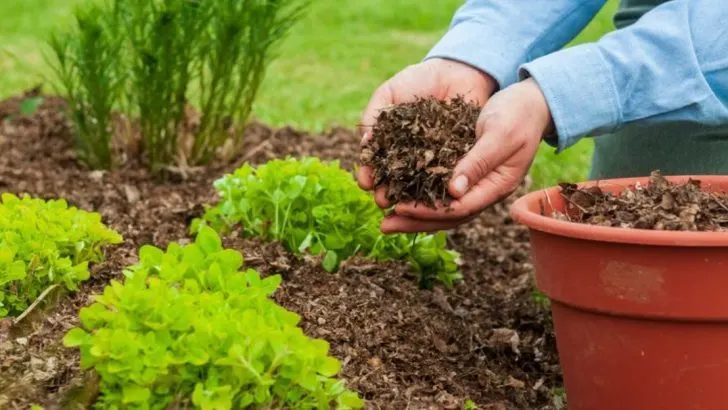Not everything labeled “eco-friendly” or “sustainable” in gardening circles actually helps your garden — in fact, some of the most popular tips can quietly degrade soil health, reduce fertility, and throw off the natural balance your plants depend on.
In this article, we’ll debunk 7 so-called ‘green’ practices that are doing more harm than good beneath the surface — and reveal 5 truly regenerative strategies that support long-term soil vitality, water retention, and plant resilience.
If your goal is a garden that thrives naturally, it’s time to ditch the myths and dig into the facts.
Over-Mulching
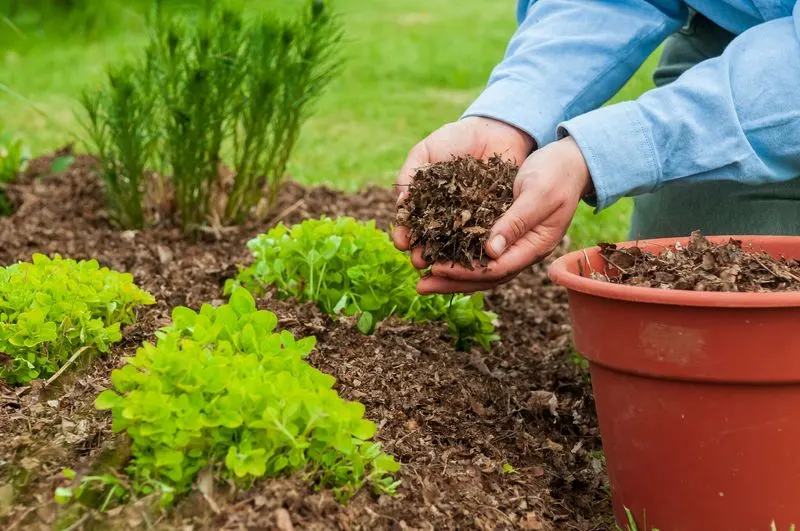
The common advice to pile on mulch endlessly can stifle plant growth. Excessive mulching traps moisture and creates a barrier to air, leading to root rot. While mulch can conserve water, a thick layer may prevent your plants from thriving. Instead of the traditional bark or wood chips, consider lighter alternatives like straw or leaf mold. These allow the soil to breathe while still providing protection. Remember, moderation is key with mulch—aim for a two- to three-inch layer for optimal results.
Till-Free Gardening
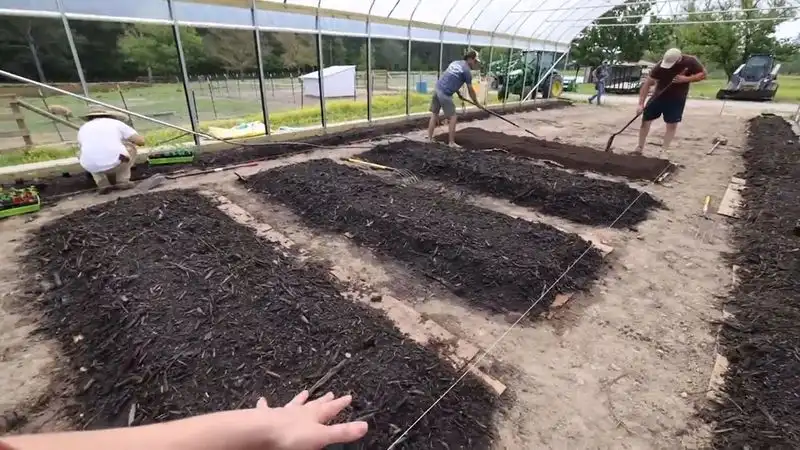
The till-free method touts improved soil structure, yet it can lead to compaction and nutrient lock-out. While no-till practices preserve the delicate soil ecosystem, they might not suit all soil types. In heavy clay soils, avoiding tillage could mean poor drainage and plant stress. Evaluate your garden’s unique needs before adopting this method wholesale. For clay-rich gardens, occasional light tilling can enhance aeration and root penetration, balancing the soil’s ecosystem without disrupting it entirely.
Composting Mistakes
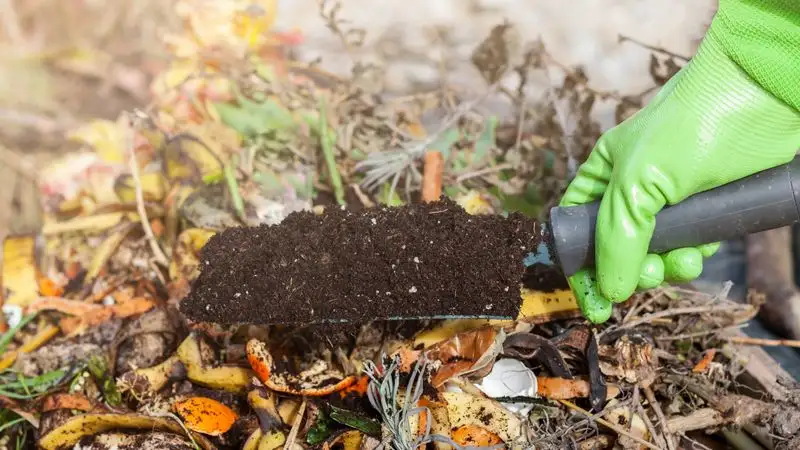
Composting is a gardener’s ally, but doing it wrong means trouble. Tossing everything into the compost bin, from meat scraps to glossy paper, can introduce pests and toxins. Avoid these mistakes by adhering to the “greens and browns” rule—combine nitrogen-rich greens with carbon-heavy browns. Turn your pile regularly to aerate it. A balanced, well-maintained compost heap enriches the soil and supports healthy plant growth, while a neglected pile can become a breeding ground for issues.
Overwatering
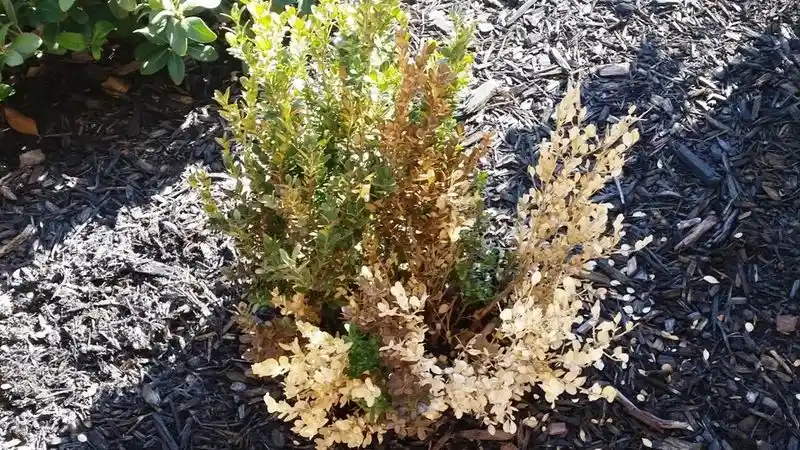
More water doesn’t always mean better growth. Overwatering can suffocate roots, lead to fungal diseases, and wash away nutrients. Plants, like people, need a balance of water to thrive. Use a moisture meter to determine when your plants actually need watering. Observe the soil and plant signals—yellowing leaves often suggest too much water. Create a watering schedule that aligns with your garden’s specific needs, adjusting for weather changes and plant types to optimize health and productivity.
Chemical Fertilizers
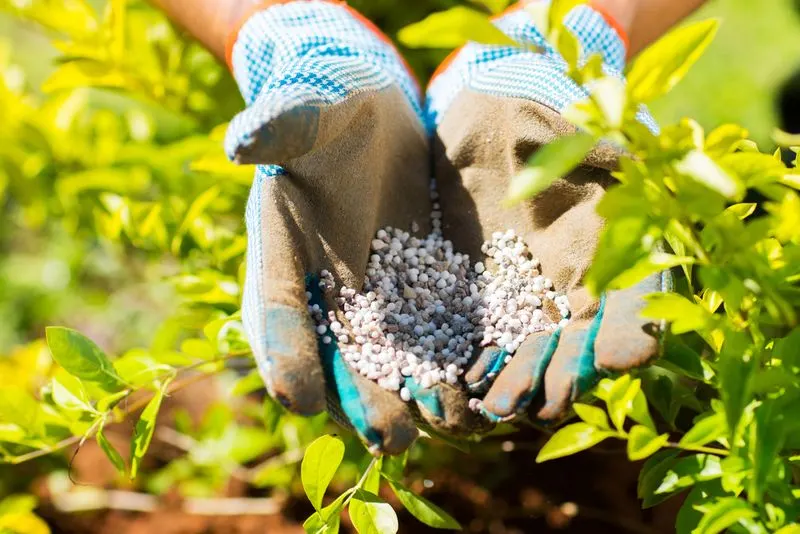
Synthetic fertilizers promise fast results but can degrade soil health over time. Their high salt content can burn roots and disturb beneficial micro-organisms. Opt for organic alternatives like compost or fish emulsion, which build soil fertility naturally. Understand your soil’s nutrient profile through testing before adding fertilizers. This ensures you’re not overloading it with unnecessary chemicals. Balanced, organic nutrition supports long-term soil health and robust plant growth without adverse side effects.
Monoculture Planting
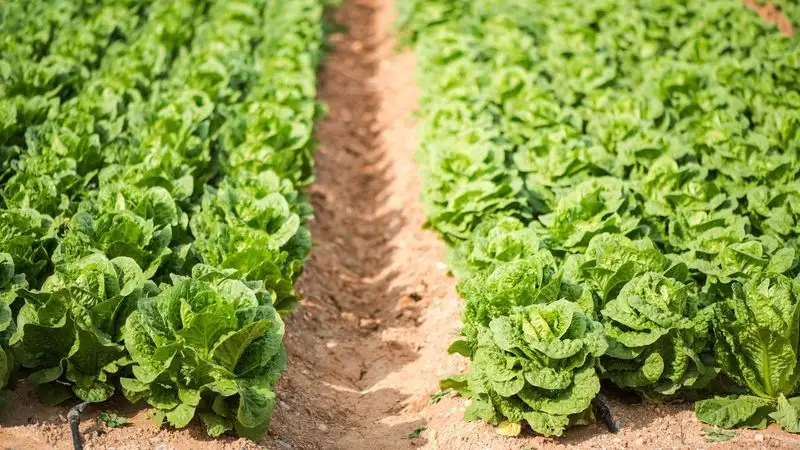
Growing a single crop in large patches may seem efficient but invites pest problems and depletes soil nutrients. Monoculture limits biodiversity, weakening plant resistance to insects and diseases. Introduce companion planting to your garden. By mixing different species, you promote a balance of predators and prey, enhancing natural pest control. This approach not only bolsters soil fertility but also creates a visually appealing and resilient garden landscape.
Peat Use
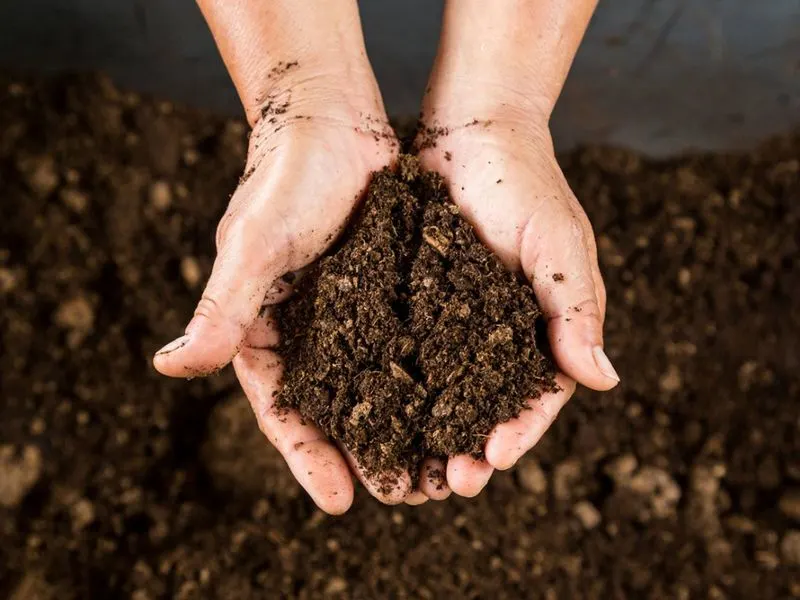
Peat moss is touted as a soil enhancer, yet its usage contributes to environmental degradation. Harvesting peat releases carbon and destroys habitats. Seek sustainable alternatives like coconut coir or perlite, which offer similar benefits without the ecological cost. These options retain moisture and improve aeration effectively. Shifting away from peat not only conserves vital ecosystems but also aligns with ethical gardening practices. Choose eco-friendly solutions to enrich your soil responsibly.
Embrace Crop Rotation
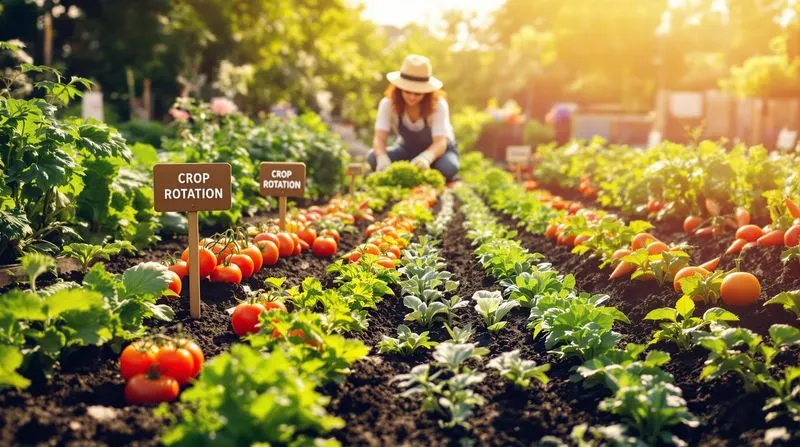
Rotating crops in your garden counteracts the pitfalls of monoculture. This practice prevents soil nutrient depletion and disrupts pest cycles, fostering a healthier garden environment. By changing plant locations each season, you enhance soil structure and fertility. Crop rotation encourages diversity, which strengthens plant resilience. It’s a simple yet powerful technique that revitalizes your garden’s ecosystem, making it more productive and sustainable over time. Embrace the diverse cultivation of crops for better yield.
Utilize Organic Mulch
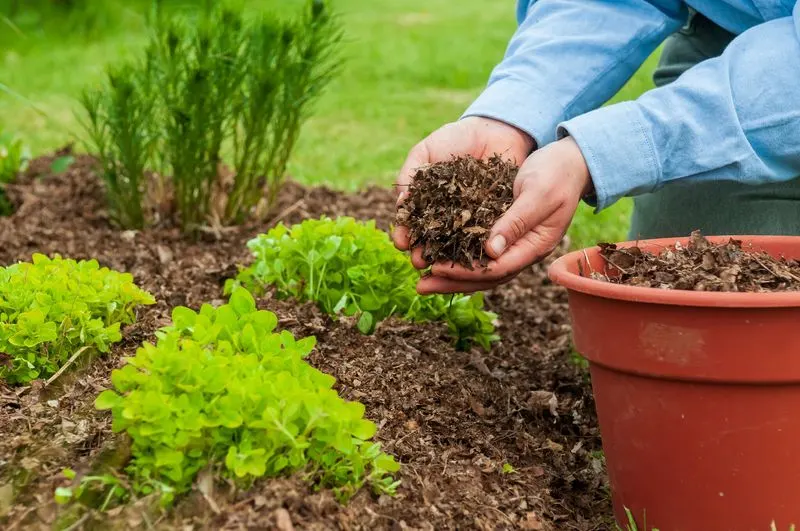
Organic mulch offers protection and enrichment to your garden. Unlike synthetic options, organic materials decompose, adding nutrients back into the soil. Straw, leaves, and grass clippings work wonders in conserving moisture while improving soil health. Organic mulch also supports beneficial soil organisms and helps suppress weeds. Apply a moderate layer to reap these benefits without suffocating your plants. This simple addition to your gardening routine can boost soil vitality naturally and effectively.
Compost Tea Application
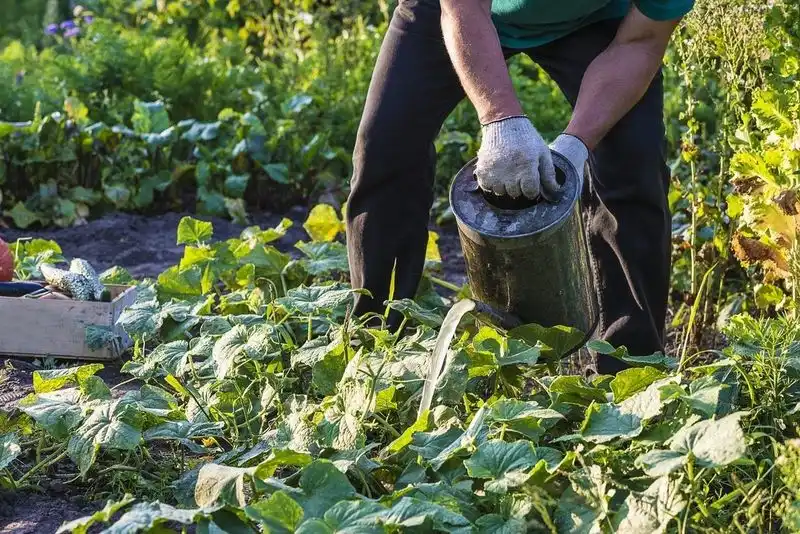
Compost tea is a liquid gold for gardeners, rich in beneficial microbes and nutrients. It enhances plant growth by improving soil health and resilience to diseases. This natural brew acts as both a fertilizer and a protective agent. Brewing compost tea involves steeping compost in water, allowing the beneficial organisms to multiply. Regular application strengthens plant immunity and boosts soil vitality, fostering a thriving garden environment without the need for chemicals.
Diversify Plant Varieties
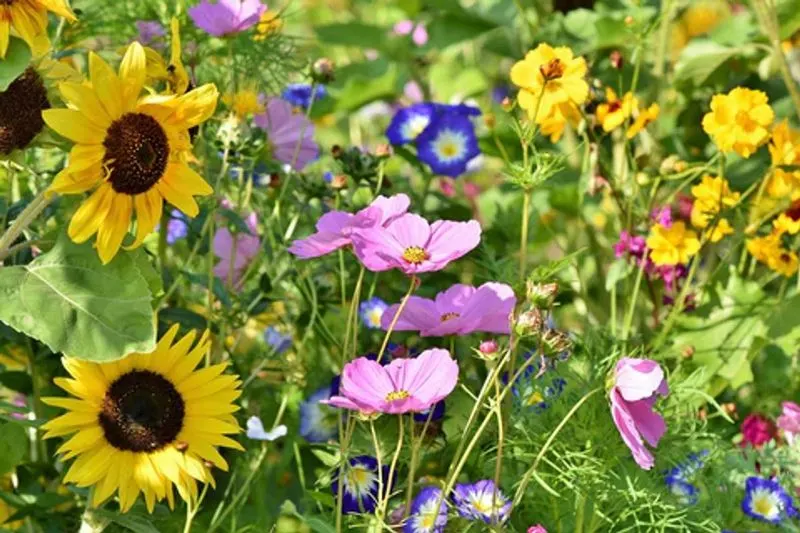
Biodiversity in your garden is a key to resilience and productivity. A mix of plant species fosters a balanced ecosystem, reducing the risk of pest outbreaks and disease spread. By diversifying, you create a robust environment where plants support each other. This approach improves pollination and attracts beneficial insects. The result is a healthier, more vibrant garden that can withstand environmental stresses. Celebrate variety in your planting choices to unlock the full potential of your garden.
Implement a Rainwater Harvesting System

Saving rainwater helps conserve a precious resource while reducing your garden’s dependence on municipal supply. Install gutters and barrels to collect rainwater, then use it for irrigation. This practice not only cuts down on water bills but also provides your garden with natural, chlorine-free hydration. Rainwater harvesting is an easy, effective way to enhance sustainability in your gardening efforts, ensuring a steady water supply even during dry spells. Embrace this eco-friendly approach for a greener garden.

